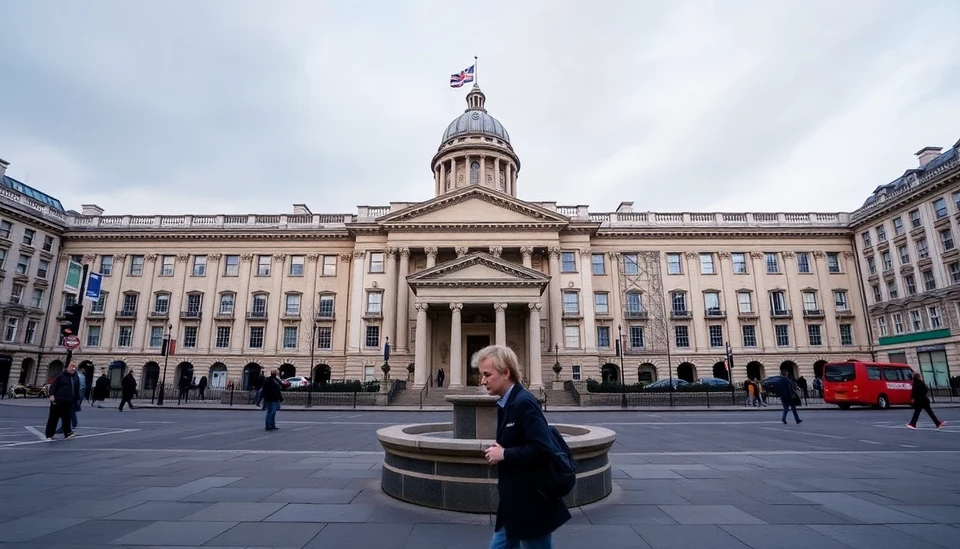
Recently, traders in the UK financial markets have begun to adjust their expectations surrounding potential interest rate cuts from the Bank of England (BoE). Previously, there was a strong belief that the central bank would implement two additional rate reductions. However, current market signals indicate a significant shift, underscoring traders' growing uncertainties about the viability of these anticipated cuts.
The adjustment in forecasts emerges against a backdrop of complex economic conditions. Traders had initially been pricing in a rather aggressive ease of monetary policy as inflationary pressures appeared to diminish and economic growth faced headwinds. However, as new economic data has come to light, many are reconsidering this stance.
Market analysts suggest that a combination of factors has contributed to this shift in sentiment. The UK's economic indicators have shown resilience in certain sectors, leading to the belief that the BoE may not need to resort to substantial rate cuts to stimulate the economy as previously thought. The labor market, for instance, has remained robust, with employment figures defying earlier expectations of a downturn.
In addition, inflation rates, while still a concern, appear to be stabilizing, which further complicates the narrative of a hawkish monetary policy stance. The scrutiny of inflationary pressures has led traders to recognize that the BoE may choose a more cautious approach rather than pursuing a path of aggressive rate cuts.
The reversal in market sentiment was illustrated by fluctuations in bond yields, with the yield on British government bonds reacting to the new forecasts. Bond traders have begun to adjust their pricing scenarios, reflecting a consensus that fewer rate cuts are likely than previously expected.
Furthermore, the BoE’s recent communications have highlighted its commitment to maintaining a balance between fostering growth and controlling inflation. This nuanced message suggests that while the possibility of rate cuts remains on the table, it may not play out as dramatically as once considered.
As we move forward, market participants and economic observers will be keenly watching both the economic data and the BoE’s communication strategies. The evolving landscape reflects the uncertainty and adaptive nature of UK financial markets in response to changing economic realities.
In conclusion, the fading expectations for further rate reductions by the Bank of England reflect deeper discussions within trading circles about the health of the UK economy. As traders recalibrate their strategies, the focus will likely shift toward upcoming economic indicators and central bank communications for clearer guidance.
#BankOfEngland #InterestRates #UKEconomy #MonetaryPolicy #FinancialMarkets #Traders #EconomicOutlook #MarketSentiment
Author: Rachel Greene




